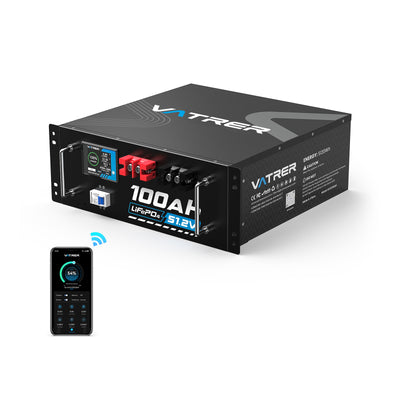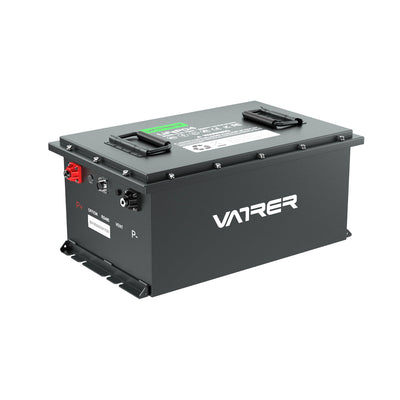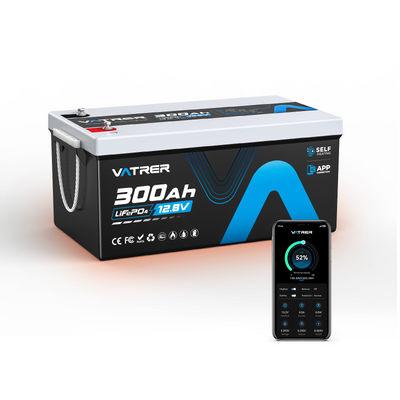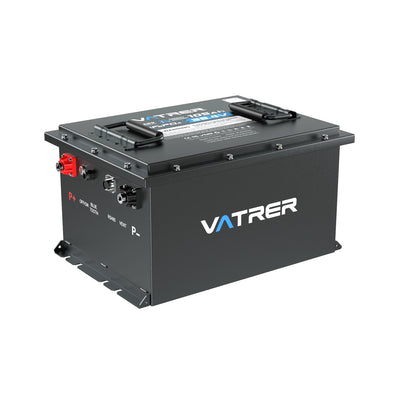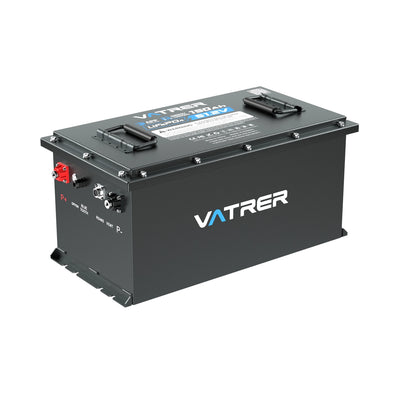
Boat Battery Lifespan: Understanding and Maximizing Longevity
1. Introduction
Importance of Understanding Boat Battery Lifespan
Boat batteries are essential components of marine vessels, providing the necessary power to start engines and operate onboard electronics. Understanding the lifespan of these batteries is crucial for boat owners to ensure reliability and safety while on the water. A sudden battery failure can lead to inconvenient and potentially dangerous situations, especially if it occurs far from shore. Therefore, knowledge of battery lifespan and maintenance practices is vital for preventing unexpected breakdowns and ensuring a smooth boating experience.
Overview of Factors Affecting Battery Life
Several factors influence the lifespan of boat batteries, including the type of battery, usage patterns, maintenance practices, and environmental conditions. Each of these factors plays a significant role in determining how long a battery will last before it needs replacement. By understanding these factors, boat owners can make informed decisions about battery selection and care, ultimately extending the life of their batteries and reducing the likelihood of failure.

2. Types of Marine Batteries
Starting Batteries
Starting batteries are designed to deliver a quick, powerful burst of energy to start a boat's engine. They are built to recharge quickly through the engine's alternator but are not suitable for providing power over extended periods. These batteries are ideal for boats that primarily require power for engine starting and minimal electronic use.
Deep Cycle Batteries
Deep cycle batteries are engineered to provide a steady amount of power over a longer period, making them suitable for running electronic equipment such as radios, lights, and trolling motors. Unlike starting batteries, deep cycle batteries can be discharged and recharged multiple times without significant degradation, making them ideal for boats with high electronic demands.
Dual-Purpose Batteries
Dual-purpose batteries combine the features of starting and deep cycle batteries, offering both high cranking power and the ability to provide sustained energy. While they are convenient for smaller vessels with limited space for multiple batteries, they may not perform as efficiently as dedicated starting or deep cycle batteries.
AGM Batteries
Absorbent Glass Mat (AGM) batteries are a type of lead-acid battery known for their high vibration resistance and ability to withstand cycling better than traditional flooded batteries. They are maintenance-free and can be mounted in any orientation, making them a popular choice for marine applications. AGM batteries typically have a longer lifespan than standard lead-acid batteries when properly maintained.
Lithium-Ion Batteries
Lithium-ion batteries are the premium choice for marine applications due to their long service life, lightweight design, and superior deep cycle capabilities. They require minimal maintenance and can last significantly longer than other battery types. However, their higher initial cost may be a consideration for budget-conscious boat owners.
3. Factors Influencing Battery Lifespan
Usage Patterns
The way a battery is used significantly impacts its lifespan. Frequent deep discharges, excessive cranking, and prolonged periods of inactivity can all shorten a battery's life. Understanding the power demands of your boat and selecting a battery that matches those needs can help optimize performance and longevity.
Maintenance Practices
Regular maintenance is crucial for extending the life of boat batteries. This includes keeping the battery clean and dry, checking connections for corrosion, and ensuring proper charging. Using a maintenance charger during periods of inactivity can prevent the battery from discharging completely, which can damage its cells.
Environmental Conditions
Environmental factors such as temperature and humidity can affect battery performance and lifespan. Extreme temperatures, both hot and cold, can accelerate battery degradation. Storing batteries in a cool, dry place and protecting them from harsh weather conditions can help preserve their longevity.
Battery Type and Quality
The type and quality of the battery also play a significant role in determining its lifespan. Higher-quality batteries, such as AGM and lithium-ion, generally offer longer service lives compared to standard flooded lead-acid batteries. Investing in a high-quality battery can provide better performance and reliability over time.
4. Average Lifespan of Different Battery Types
Flooded Lead-Acid Batteries
Flooded lead-acid batteries typically last between 3 to 5 years, depending on usage and maintenance. They are the most common and affordable type of marine battery but require regular maintenance to ensure longevity.
|
Battery Capacity |
Usable Capacity (50% DOD) |
Power Supply |
Duration |
|---|---|---|---|
|
12V 100Ah |
50Ah |
500W |
1.2 hours |
|
12V 200Ah |
100Ah |
500W |
2.4 hours |
|
12V 300Ah |
150Ah |
500W |
3.6 hours |
|
12V 400Ah |
200Ah |
500W |
4.8 hours |
Explanation:
-
Flooded Lead-Acid Batteries are typically have a maximum Depth of Discharge (DOD) of 50%.
-
Calculation formula: Duration (hours) = Usable Capacity (Ah) × Voltage (V) / Load Power (W).
-
Here, the battery voltage is assumed to be 12V.
AGM Batteries
AGM batteries have a longer lifespan than flooded lead-acid batteries, generally lasting between 4 to 7 years. Their maintenance-free design and resistance to vibration make them a popular choice for many boat owners.
|
Battery Capacity |
Usable Capacity (80% DOD) |
Duration for 500W Appliance |
|---|---|---|
|
12V 100Ah |
80Ah |
1.92 hours |
|
12V 200Ah |
160Ah |
3.84 hours |
|
12V 300Ah |
240Ah |
5.76 hours |
|
12V 400Ah |
320Ah |
7.68 hours |
Explanation:
-
AGM Batteries are typically have a maximum Depth of Discharge (DOD) of 80%
Gel Batteries
Gel batteries, another type of lead-acid battery, offer a lifespan similar to AGM batteries, ranging from 4 to 7 years. They are known for their ability to perform well in extreme temperatures and are less prone to leakage.
Here is a table for Gel batteries with a 80% DOD:
|
Battery Capacity |
Usable Capacity (50% DOD) |
Duration for 500W Appliance |
|---|---|---|
|
12V 100Ah |
80Ah |
1.92 hours |
|
12V 200Ah |
160Ah |
3.84 hours |
|
12V 300Ah |
240Ah |
5.76 hours |
|
12V 400Ah |
320Ah |
7.68 hours |
Explanation:
-
Gel Batteries are typically have a maximum Depth of Discharge (DOD) of 80%.
Lithium-Ion Batteries
Lithium-ion batteries are the longest-lasting marine batteries, with lifespans ranging from 8 to 10 years or more. Their high initial cost is offset by their extended service life and superior performance.
|
Battery Capacity |
Usable Capacity (100% DOD) |
Duration for 500W Appliance |
|---|---|---|
|
12.8V 100Ah |
100Ah |
2.56 hours |
|
12.8V 200Ah |
200Ah |
5.12 hours |
|
12.8V 300Ah |
300Ah |
7.68 hours |
|
12.8V 400Ah |
400Ah |
10.24 hours |
Explanation:
-
Lithium-Ion Batteries are typically have a maximum Depth of Discharge (DOD) of 100%.
5. Tips for Extending Battery Life
Proper Charging Techniques
Using the correct charger and charging method is essential for maintaining battery health. Avoid overcharging or undercharging, as both can damage the battery. A smart charger that adjusts the charging rate based on the battery's condition is ideal for ensuring optimal charging.
Regular Maintenance
Performing regular maintenance checks can help identify potential issues before they lead to battery failure. This includes inspecting terminals for corrosion, ensuring tight connections, and cleaning the battery case to prevent dirt buildup.
Storage Recommendations
When storing a boat for an extended period, it's important to disconnect the battery and store it in a cool, dry place. Using a maintenance charger can keep the battery at an optimal charge level, preventing it from discharging completely.
6. Signs of a Dying Battery
Performance Indicators
A battery nearing the end of its life may exhibit several performance issues, such as difficulty starting the engine, dimming lights, or reduced power to electronic devices. These signs indicate that the battery may need replacement soon.
Testing Methods
Regularly testing the battery's voltage and capacity can help determine its health. A multimeter can be used to check the voltage, while a load tester can assess the battery's ability to hold a charge under load. If the battery consistently fails these tests, it may be time for a replacement.
7. Conclusion
Summary of Key Points
Understanding the lifespan of boat batteries and the factors that influence it is crucial for ensuring reliable performance on the water. Different types of batteries offer varying lifespans, with lithium-ion batteries providing the longest service life. Proper usage, maintenance, and storage practices can significantly extend the life of a battery, reducing the likelihood of unexpected failures.
Final Recommendations for Boat Owners
Boat owners should carefully consider their power needs and select a battery type that best suits their requirements. Regular maintenance and proper charging techniques are essential for maximizing battery life. By staying informed and proactive, boat owners can enjoy a safe and reliable boating experience, free from the worry of battery-related issues.
Share


































